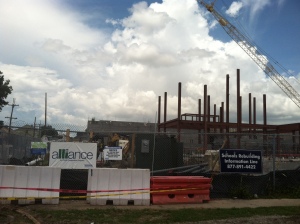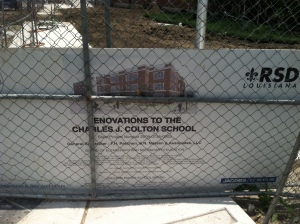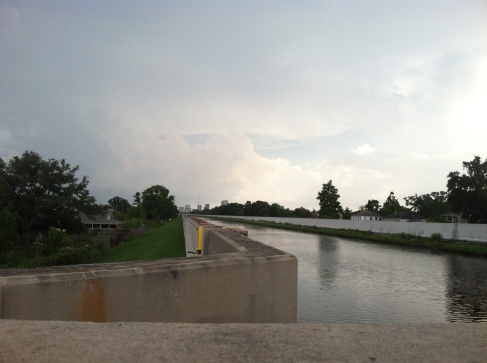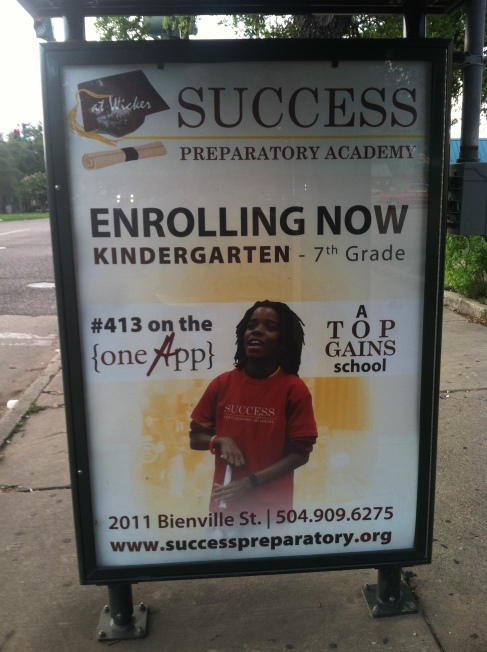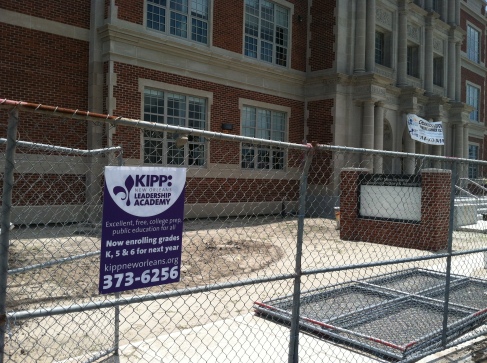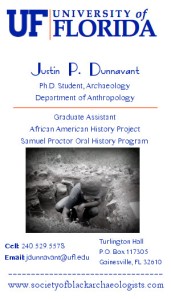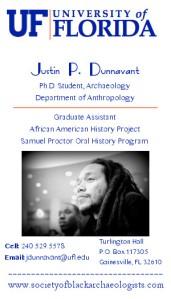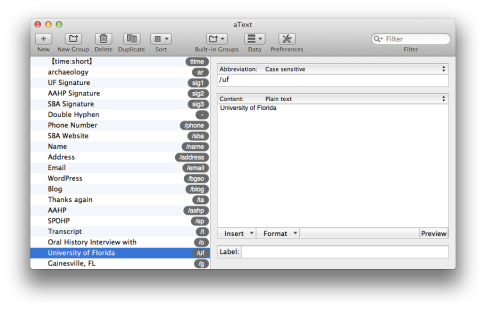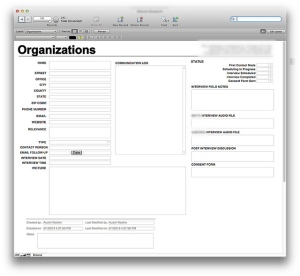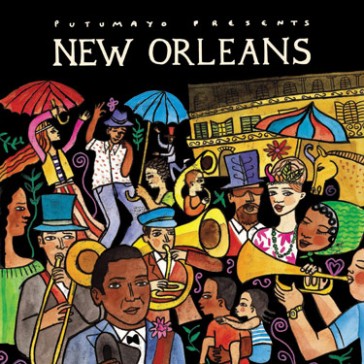So I’ve been back from New Orleans for about two weeks now, and I’m now beginning to look over my field notes and process my thoughts about the summer. The summer in the field was remarkable in that I learned so much, yet so little.
My data collection strategy was twofold: My first objective was to conduct semi-structured interviews with people in New Orleans who were navigating the public school system. I wanted to engage individuals across all levels of the system – administrators, teachers, parents, and former students. Through networking with my roommates in New Orleans, and leaning on advice from dissertation advisor, I was able to build a chain-referral sample that eventually reached people interacting with the public school system across all of these social/bureaucratic scales. I also conducted participant observation at local school board meetings and community events organized around stopping the criminalization and incarceration of Black youth in the city.
My second objective was to collect GPS data on where schools are located in New Orleans, and then map them out using ArcGIS. After Hurricane Katrina, over 90% of the public schools were damaged, so there are massive construction projects ongoing, to reorganize and rebuild the city’s educational infrastructure. Initially, my goal was to locate and plot all of the schools that are no longer in use, and then plot where schools are currently being built. However, I did not have enough time to collect all of that data (long time field work objective!), but I was able to plot the locations of the schools that are currently in use, and then use census data to explore the racial demographics of neighborhoods that schools are being built in.
I’m still trying to analyze all of the data I collected this summer, and work through them analytically to construct an argument about what I have found. Ultimately, in my interviews with parents, teachers, administrators, and students, I was stunned by how racial and class inequality become patterned topographically, vis-a-vis elevation in New Orleans. Just looking at the map, the areas where there are majority black populations are the areas that are most vulnerable to flooding: New Orleans East, and the Lower Ninth Ward. The areas where majority of white New Orleanians live corresponds with the “Sliver By the River,” a natural levee built up from millenia of flooding in the region. And even beyond class, Gentilly (a neighborhood that is more diverse in terms of racial and class composition but is still majority black) experienced the collapse of the London Avenue Canal Floodwall, and was decimated in 2005. One parent I interviewed explained to me at length about the ways that the Hurricane wiped out the black middle class in New Orleans, leaving many people with no friends or family to turn to for help, because everyone was suffering. Medical anthropologist Vincanne Adams’ recent book, Markets of Sorrow, Labors of Faith: New Orleans in the Wake of Katrina, provides vignettes of the lives of working/middle class African Americans of Gentilly who were wiped out by Katrina. Triangulating these geographically explicit inequalities that reach across class with the politics of urban planning and charter school construction, a profound argument beings to crystallize. The majority of the Orleans Parish Public Schools, which are managed by the locally elected school board and not the Louisiana State Legislature, are in majority white neighborhoods. These are also traditionally the highest performing schools, and despite being “open enrollment,” have some of the most stringent policies for student admission (one school requires 20 hours of volunteer service a month from parents in order to keep their children enrolled).
At the same time the Hurricane wiped out the material base of the black working and middle classes, the Louisiana State legislature was working to gut the political influence of the black working and middle classes by firing every teacher and administrator in the New Orleans Public School system. As explained to me across many of my interviews, these are career paths that have traditionally bolstered the black middle class in New Orleans. All Americans have been affected by the retrenchment of the state and the cutting of civil servant jobs, but working and middle class Black people have been disproportionately affected by these cuts.
Between the interview and participant observation data, and the mapping that I did, I realize that at the core, my dissertation will be devoted to exploring the fundamentally antagonistic relationship between black people and the state. The Trayvon Martin situation, spending time at the Florida Capitol with the Dream Defenders and learning about the legislative rationales for racial profiling and the school to prison pipeline, seeing the movie Fruitvale Station, hearing the story about a 15 year old Black kid being denied a heart transplant because of his academic and disciplinary history, and talking to parents and even teachers who remarked that black students “change the culture” of high performing schools AND seeing the state move to protect high performing schools’ ability to ferret out poor and working class black children in an “open enrollment” system, makes it clear that there is a fundamental inability for many people in this country to see African Americans (particularly poor and working class ones) as human beings. With this humanity constantly being in question, there are no citizenship protections for poor and working class Black people in this country. In putting into conversation the work of Frantz Fanon and Frank Wilderson into my own work, I must recognize that this is our (black people’s) relation to the state – permanent, irreconcilable antagonism.
So as an anthropologist, I question many of the precepts of my discipline, as well as its ability to solve or address the question of antiblack racism. If anthropology moves in concert with a philosophy of a common “humanity” without coming to terms with the fact that at its core, this notion of “humanity” was designed specifically to exclude Black people, how can it ever address or analyze the material, symbolic, and structural realities of antiblack racism? Antiblack racism is encoded not only into the constitution of this country, but into the epistemology of the idea of “humanity” itself. Any study of institutional or cultural racism must recognize and accept this fact, I no longer see the utility of any analysis of “white privilege” or progressivist interventions that call for the state to “do more,” as if antiblack racism is merely socially constructed and can change by awareness campaigns. It is foundational to the state and reinforced culturally, politically, economically, and legally. The state is antiblack, and doing fieldwork in American public education crystallizes this reality for me. In seeing the geographies of injustice and antiblack racism in New Orleans, my goal is to move forward with my long-term fieldwork with a more targeted aim at exploring these questions, as well as the ways that school privatization schemes serve as an apparatus for the American penal regime.

